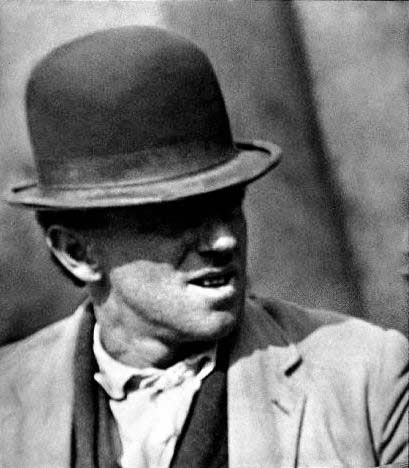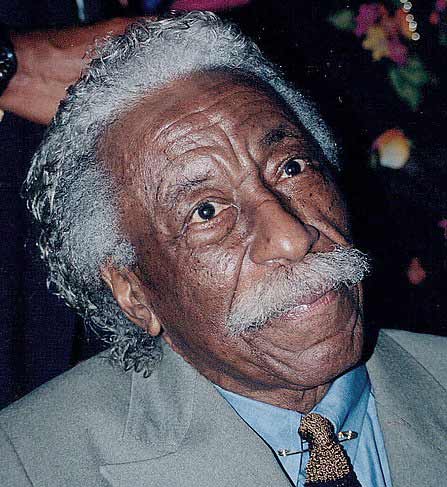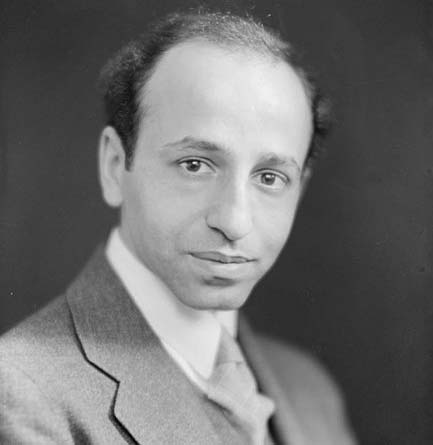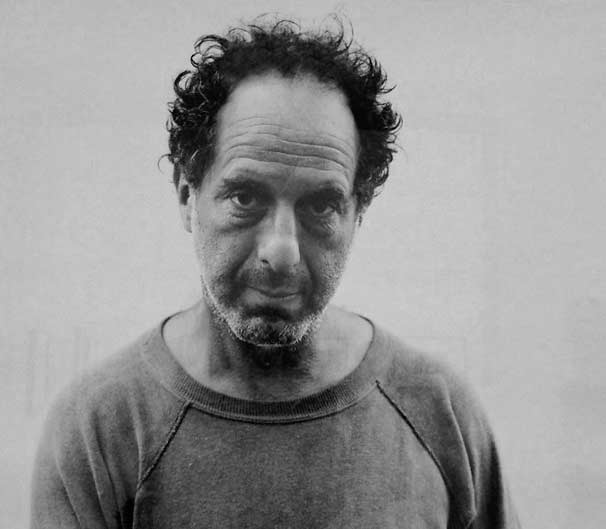| Name | André Kertész (born Andor Kertész) |
| Born | July 2, 1894, Budapest, Austria-Hungary |
| Died | September 21, 1985 (aged 91), New York City, U.S. |
| Occupation | Photographer |
| Spouses | Rogi André, Elizabeth Saly |
| Website | andrekertesz.org |
| Nationality | Hungarian-born |
| Known For | Groundbreaking contributions to photographic composition and the photo essay |
| Early Career | Early work published primarily in magazines |
| World War I | Served briefly in World War I |
| Move to Paris | Moved to Paris in 1925, worked for VU magazine, involved with Dada movement |
| Emigration to U.S. | Moved to the United States in 1936 due to German persecution of Jews and WWII threat |
| Career Phases | Hungarian period, French period, American period, International period |
| Early Life | He was born to a middle-class Jewish family; his father died in 1908, and he was raised by his mother and uncle |
| Education | Self-taught photographer; expected to work as a stockbroker by family |
| Recognition | Achieved critical and commercial success in Paris; had to rebuild reputation in the U.S. |
| Influence | Considered one of the seminal figures of 20th-century photography |
| Photography Style | Known for unorthodox camera angles and innovative composition |
| Legacy | His work gained greater international success and recognition later in his life |





